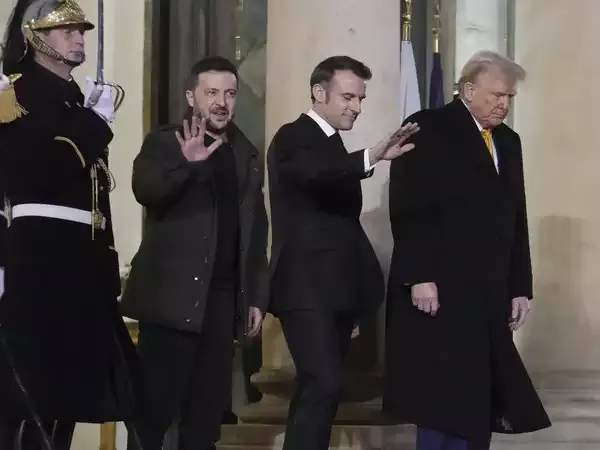In a significant move to reinforce Ukraine’s defense capabilities, U.S. Defense Secretary Lloyd Austin announced a nearly $1 billion military aid package on Saturday. The Biden administration is accelerating its efforts to allocate remaining congressionally approved funds for Ukraine before President-elect Donald Trum takes office next month.
The $988 million package, part of the Ukraine Security Assistance Initiative (USAI), will focus on longer-term support for Kyiv. It includes additional drones and munitions for the High Mobility Artillery Rocket Systems (HIMARS), critical assets in Ukraine’s ongoing defense against Russia. Unlike immediate battlefield supplies, the USAI funds contracts for future military systems, ensuring Ukraine’s sustained military readiness in the years ahead.
Strengthening Ukraine’s Future
This new funding follows a $725 million in U.S. military aid package announced earlier in the week, which drew directly from Pentagon stockpiles to expedite delivery of counter-drone systems and HIMARS munitions. Together, these contributions bring the total U.S. military aid to Ukraine since Russia’s 2022 invasion to over $62 billion.
Secretary Austin, speaking from Simi Valley, California, emphasized the significance of this moment as the Biden administration nears its transition. “The baton will soon be passed,” he said. “Others will decide the course ahead. And I hope that they will build on the strength that we have forged over the past four years.”
Preparing for Uncertainty
As Ukraine continues to resist Russian aggression, this longer-term assistance aims to ensure the nation’s resilience, even as political dynamics in the U.S. shift. The weapon systems funded through this initiative are part of a broader strategy to provide sustained support rather than immediate battlefield impact.
The timing of the announcement underscores the urgency felt by the current administration to secure Ukraine’s defense capabilities amid uncertainty about future U.S. foreign policy priorities. This substantial investment reflects a commitment to Ukraine’s sovereignty and the broader security of the region.
While this package signals steadfast U.S. support, the focus on longer-term capabilities suggests a recognition of the protracted nature of the conflict and the ongoing need for robust international backing. The future of U.S. assistance, however, will depend on the policies of the incoming administration.

